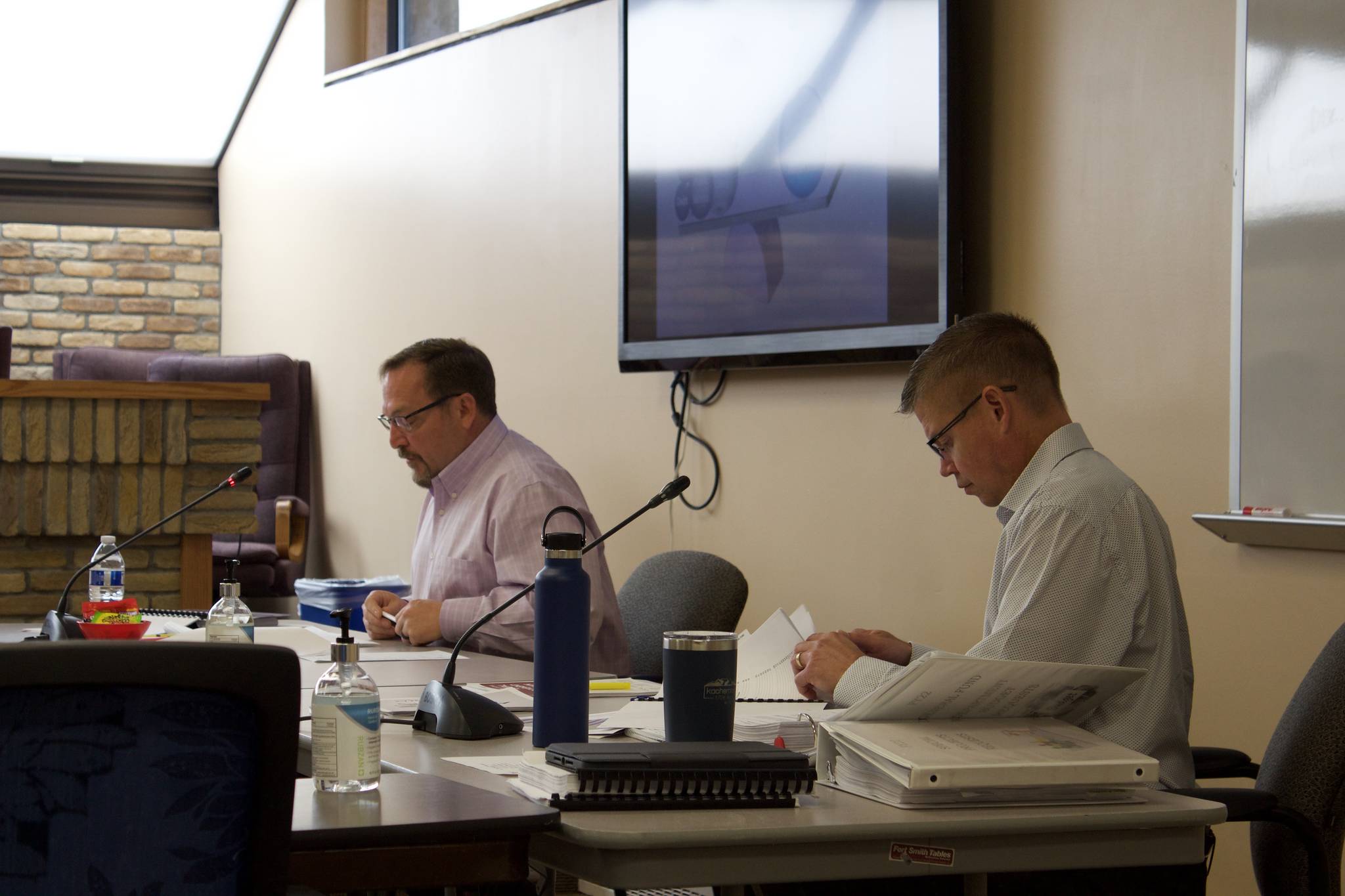The City of Kenai is preparing to move forward with projects aimed at revitalizing the waterfront along Bridge Access Road and encouraging economic development in the city.
The programs are described in the city’s “Imagine Kenai 2030” comprehensive plan, which was approved by the Kenai City Council in 2016 and by the Kenai Peninsula Borough Assembly in 2017. The plan, among other things, is meant to provide the city with a vision for the future, serve as a decision-making tool, and promote and support economic development.
The plan identifies eight general city goals that address quality of life, economic development, land use, parks and recreation, and public improvements and services, among others. Revitalization of the waterfront and creation of incentives for economic development are specifically described in the plan.
Former Kenai Mayor Pat Porter wrote in a 2016 update to the city’s “Imagine Kenai 2030” plan that updates were aimed at making the plan responsive to new changes and new opportunities.
“Economic development and the implementation of business-friendly regulations and incentives have also been incorporated into the update to, create a stable, positive climate for private investment,” Porter wrote.
In a June 29 memo to the Kenai City Council, Kenai City Manager Paul Ostrander describes the investment opportunities revitalizing the waterfront would attract.
“The untapped potential and importance of Kenai’s unique, defining natural asset near the mouth of the Kenai River has catalytic possibilities for large-scale waterfront development on vacant or abandoned sites previously utilized by commercial fishing processors,” Ostrander wrote in the memo.
That revitalization would rely on partnerships between the city and private entities that own pieces of relevant land. Ostrander wrote that while the city will be able to provide “strategic” infrastructure investments, it would be “premature” to propose specific projects that may not support the revitalization of the area.
Before any revitalization work can begin, however, city administration is recommending that the Kenai City Council approve funding for a feasibility study, which would analyze the different aspects of the project and offer recommendations. Recommendations may include changing city code and regulations, or suggesting partnerships the city should pursue as part of the project.
Though Ostrander expects waterfront revitalization and economic development incentive programs to work together to create a better environment for Kenai businesses, they will go through separate legislative processes. If the council adheres to a draft timeline presented to them earlier this month, legislation funding the waterfront feasibility study would be introduced at the council’s Aug. 18 meeting with a public hearing and vote during the council’s Sept. 1 meeting.
The introduction of legislation outlining potential business development incentive programs would occur during the council’s Nov. 3 meeting with a public hearing and vote during the council’s Dec. 1 meeting.
Proposed incentive programs described by city documents include, in addition to waterfront revitalization, exempting economic developments from city property tax, which the plan says would incentivize capital investment, and exempting depreciating properties from city tax, which would encourage the development of deteriorating buildings.
More information about the programs can be found on the city of Kenai’s website at kenai.city.
Reach reporter Ashlyn O’Hara at ashlyn.ohara@peninsulaclarion.com.


